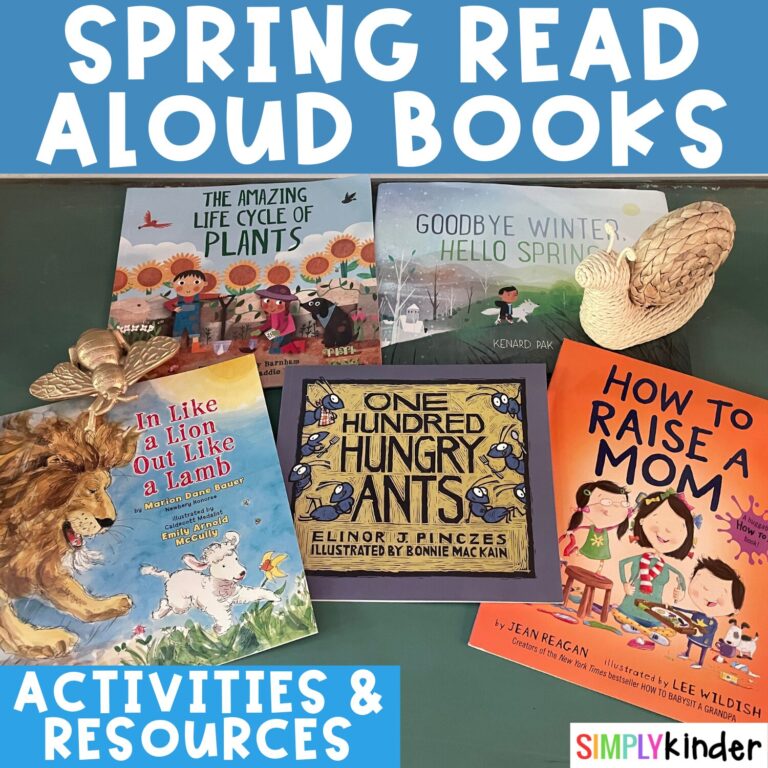
Home » What is the Science of Reading?
By now you have probably heard a few teachers talk about the Science of Reading (or SoR) and are wondering what exactly it is all about. Well – we at Simply Kinder have been peeling back the layers of this for a number of years now and thought we could help our readers discover… what is the Science of Reading and how exactly does it apply to our kindergarten classrooms?
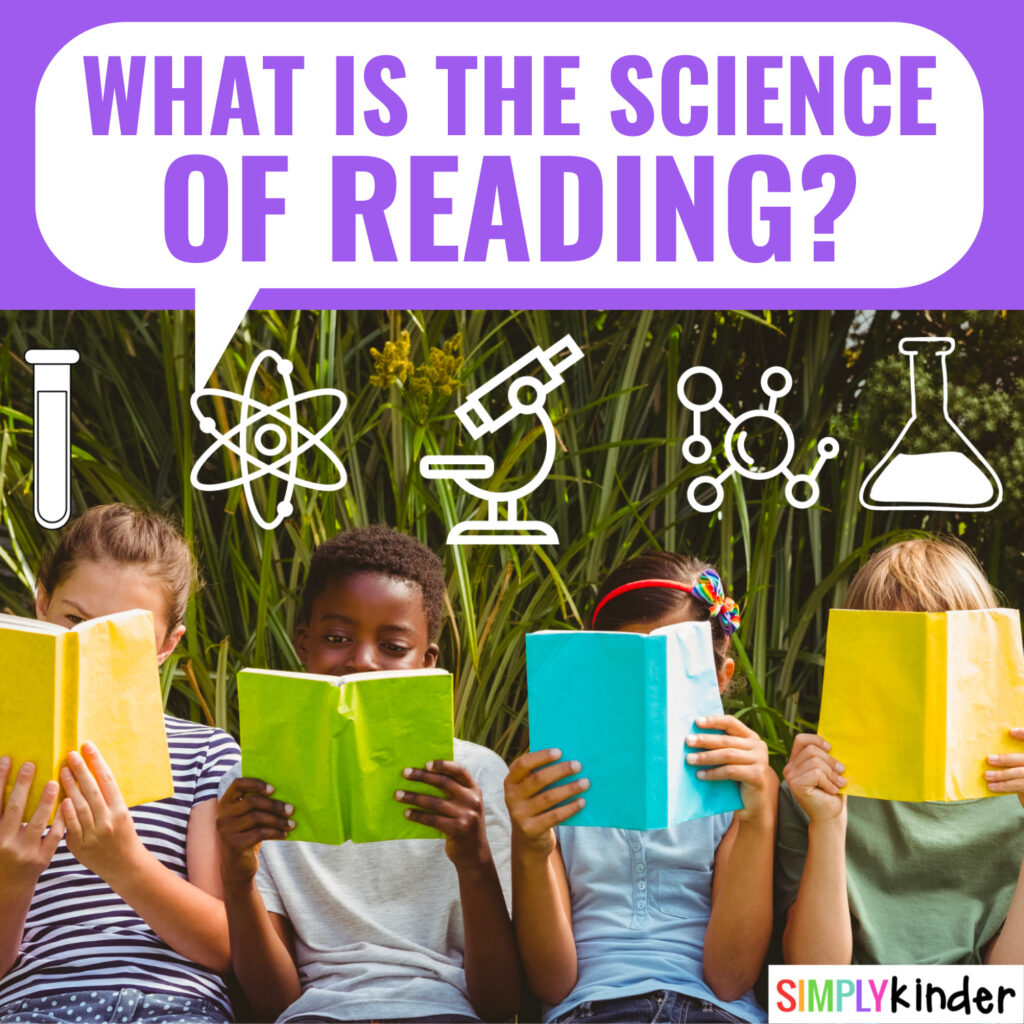
Here we are talking about the Science of Reading – a topic I have been working on behind the scenes for years and have to admit I have been scared to talk about it. It can be overwhelming and seem like one more thing to pile on. Once you dig into it a little you will start to feel the need to dig further and further. That being said, there is a lot to digest and so today we are going to break down some of the basics on a very surface level way (but know that you can dig REALLY deep with any of this stuff).
Before we start, I also want to state I am not an educational researcher or scientist. I am an early childhood teacher who has a Master’s Degree in Early Childhood Literacy, and yet I could not teach my own boys to read. This lit a fire under me to learn about SoR and see some changes I needed to make. I am also an influencer in the education space who wants to help other teachers learn and grow as professionals.
What is the Science of Reading?
Generally speaking, the Science of Reading is a body of work including the study and research of how people learn to read and write. It is not a program, an approach, or a specific strategy. It is the acknowledgment of all of the science that is out there about how people learn to read and think critically about how you teach. It’s not stagnant and is ever changing as we learn more and more about how people learn to read. The keyword in all of this is science.
What does the “Science” in Science of Reading mean?
When you think of science, you think of beakers and experiments. Well, if you apply those concepts to the activity of reading it can make a little more sense. The science in Science of Reading means there is research and evidence to support conclusions by educational researchers and scientists. YES, there are professionals who learn about how the brain works, test strategies, and find evidence for what is happening with all the different concepts of literacy.
What does the Science of Reading incorporate?
The Science of Reading is ever evolving body of work, and so this is a tricky question to answer. It’s not just one thing we can do in our classrooms. It’s not one class you can take or a specific book we can read to be all caught up. It’s learning what current research shows and thinking critically about these findings so as professionals we can make the best decisions for our students.
Explicit instruction is a strong theme throughout what we have learned with SoR.
Balanced Literacy and Phonics – What exactly are the Reading Wars?
I had never heard of the reading wars until I discovered the Science of Reading. The reading wars are a debate in the way kids learn to read that has extended over several decades. It’s the whole language versus phonics approach debate.
I think as teachers we may feel this is a pendulum swinging back and forth between which way is most effective. Now we are inserting science so this may change how we look at things.
Let’s explore Balanced Literacy versus Structured Literacy a little.
Whole language and balanced literacy are the approaches focus on learning whole words and in context. This approach often uses the three cueing system – syntactic cues (verb, noun, etc), semantics (the meaning), and graphics (look for what they know in the word and use context). These three cueing sources overlap in such a way that anyone can be stronger or even left out and one would still be able to learn to read. There is typically not a focus on learning to decode words. It relies heavily on exposing kids to a lot of books and words.
Structured literacy is an approach based on the science of how kids learn to read. Concepts are explicitly taught in a systematic way. Phonics is explicitly taught so the students know the rules and patterns needed to read and write.
So what does this look like (possibly) in our classrooms right now?
When a student is learning to decode or gets stuck on a word, we may ask some of the same questions… does it look right, what is the first letter, does it sound right, or even what word would make sense? These are all questions I know I have personally asked students. These questions are very deeply rooted in our understanding of the 3-Cueing System just by definition.
The issue here is the student cannot decode a word. None of my questions address the fact that they don’t have solid decoding skills. Does the student know syllable patterns to know if the vowel is long or short? Does the student know the should be associated with those letter patterns? There are lots of rules in our language that will help students to decode (and code later on).
David Kilpatrick is one of the leading experts in the Science of Reading movement. In his book Equipped for Reading Success, he states that when “ask them just to pay attention to the first letter or look at the picture, look at the context, you’re drawing their attention away from the very thing that they need to interact with in order for them to read the word [and] remember the word.” If a child cannot decode a word, by not teaching them HOW to decode we are teaching them strategies to COPE with the fact that they can’t decode.
How did we get here?
When you dig deeper into the history of the field of reading, literacy programs, and full curriculums, you will discover that much of what is out there follows the balanced literacy approach. Many current reading programs use a comprehensive approach to teaching reading that incorporates all five reading components in one program. Let’s think about this – a school district needs a curriculum… do they get one that is comprehensive that covers all five components or buy multiple individual programs? The problem with this can be when you don’t focus on these skills explicitly, they are not given the attention they need and can even be overlooked.
Neuro-Typical and Neuro-Diverse Learners
I wanted to talk for a moment about neuro-typical and neuro-diverse learners. Neuro-typical students can often (or possibly) learn through just being exposed. So, they may see a certain sound or spelling patterns often enough that they apply it when they see it in other words. Neuro-diverse students are (possibly) not like that. They need to be explicitly taught those rules.
An example is when to use one or two S’s in words like gas and floss. Neuro-typical students may just catch on to that pattern and apply it but neuro-diverse students may need to be explicitly taught that spelling rule. (Yes, there is a rule for that).
Will your neuro-typical students learn to read by just being exposed to literacy – most likely. Will your neuro-diverse students just pick it up no matter how you teach? Possibly not. Either way, according to Nancy Young (another great educator) explicit instruction for both groups is effective (see here).
Is this important in Kindergarten?
Let me answer this quickly so there is no hesitation – YES! We are going to be exploring this more on Simply Kinder and helping peel back the layers so we can all be more effective at teaching reading.
So What Really Is The Science of Reading?
The Science of Reading is many things. It is thinking more critically about the choices we make in our classroom. It’s acknowledging the history of what we use in our classrooms and looking for evidence-based ways to teach. It’s not doing the same things we have always done because “they have worked in the past” and being open to trying new things that may be more effective big picture wise.
Where do you go from here?
There is so much to uncover, but where do you start, and what is really applicable to kindergarten? We are going to be exploring this on Simply Kinder with you in the upcoming months and hope you will join us on this journey. Please look for these discussions coming soon:
PS – This article is a huge brain dump of my thoughts and experiences in an attempt to explain the importance of this body of work. One thing as we move forward is to be critical but to also give each other grace as we go along this journey together.
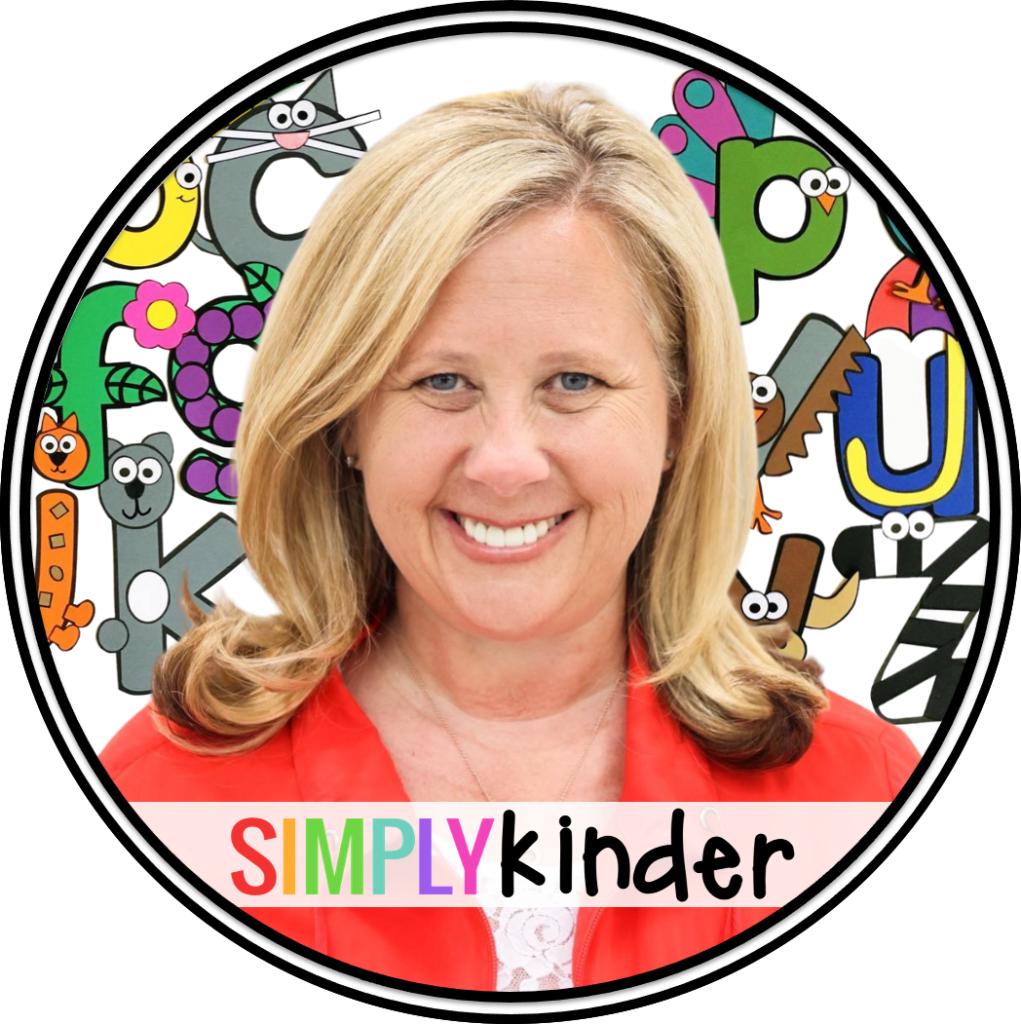
With Unmatched Printables & Engaging Classroom Ideas, Simply Kinder is your TRUSTED TEAMMATE.
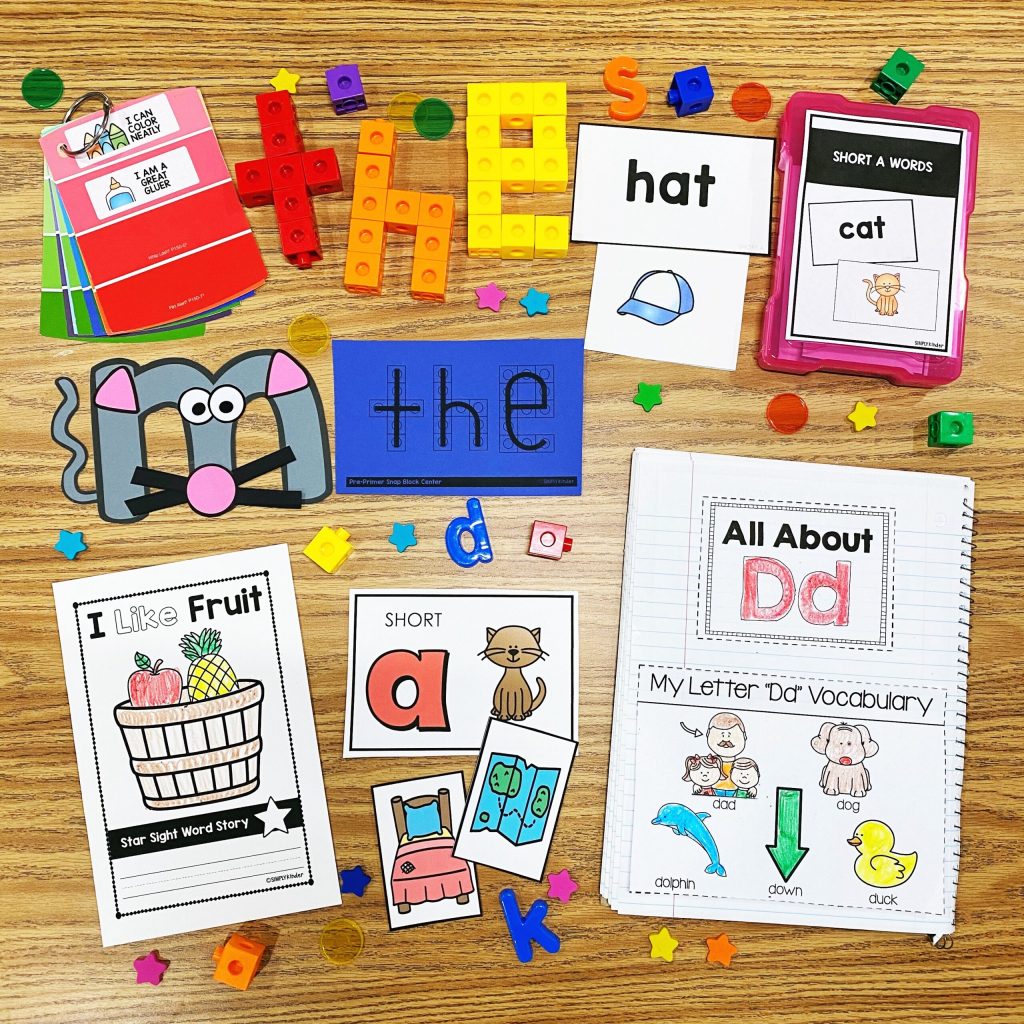
Get our emails loaded with free resources, teaching ideas, and so much more!

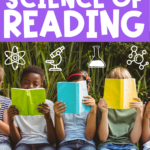
You might also like: